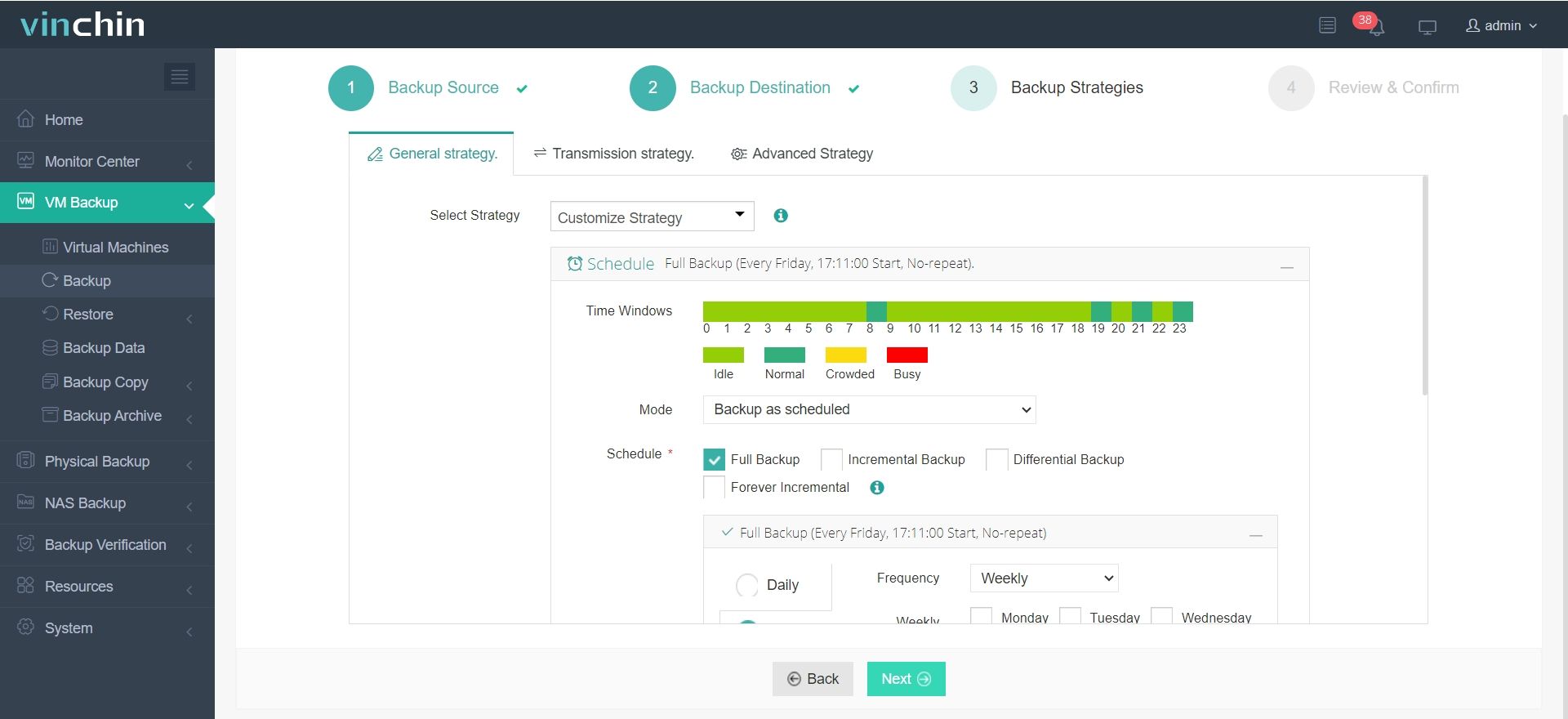-
What is the SMB protocol?
-
What is the NFS protocol?
-
How to choose the right transfer protocol?
-
NFS vs SMB
-
Reliable VM Protection with Vinchin Backup & Recovery
-
NFS vs SMB FAQs
-
Conclusion
What is the SMB protocol?
The SMB (Server Message Block) protocol was originally proposed by IBM in 1983 to provide file, printer, and serial port sharing capabilities for DOS systems (Windows was developed based on DOS). As it has evolved, SMB has evolved to version 3.1.1 and is primarily bundled with the Microsoft Windows operating system. Currently, Linux and Mac OS also support the SMB protocol.
Architecture: A server-client model is used.
Features: Widely used for file and print services on LANs, with good cross-platform compatibility.
Limitations: Network-mounted directories will not be treated as local directories; security is not as good as NFS in earlier versions.
What is the NFS protocol?
NFS (Network File System) is a distributed file system protocol developed by Sun Microsystems in 1984 for computers running the UNIX operating system. Based on the IETF standards, NFS is now supported by most major operating systems, including Mac, Linux, and Windows. The latest version of NFS is 4.1, which introduces a session relay mechanism to improve fault tolerance and performance.
Architecture: Focuses on file sharing and does not provide printing or serial port services.
Strengths: Efficient for small, random read/write operations; enhanced security starting with NFSv4.
Limitations: Not suitable for WAN environments because of poor performance when dealing with complex network address translation and routing configurations.
How to choose the right transfer protocol?
Choosing the right file transfer protocol depends on a number of factors, including but not limited to your operating system environment, network architecture, security needs, and performance requirements. Below are the recommended transfer protocols for specific scenarios and their rationale:
Scenario 1: Large Enterprise
Recommended protocol: SMB (Server Message Block)
Rationale: Large enterprises are usually equipped with local data centers and fast local area networks (LANs), and are dominated by Windows servers and PCs. SMB is perfectly compatible with Windows systems, and supports the needs of Mac OS X and Linux users, making it suitable for cross-platform use.
Scenario 2: Small Web Design Company
Recommended protocols: AFP and SMB
Rationale: This type of company may have many Mac users, so AFP is the preferred choice. At the same time, SMB needs to be configured in order to support the possible presence of Windows users, so that the needs of different user groups can be met without adding too much complexity.
Scenario 3: Linux Software Development Group
Recommended Protocol: NFS
Rationale: NFS is the most familiar and efficient protocol for teams that primarily use the Linux operating system. However, if a small number of Windows or Mac users exist, consider adding SMB or AFP support as well.
Considerations for internet use
These protocols themselves do not provide the necessary security mechanisms for secure operation over the internet. Most Internet Service Providers (ISPs) may block or restrict the related traffic. If you need to share files over the internet, it's advisable to use one of the following methods:
Dedicated Wide Area Network (WAN) Connection
Virtual Private Network (VPN): To encrypt data streams and provide an additional layer of security.
Transfer Rate Comparison
Download speed:
o Windows: SMB is the fastest.
o Mac: AFP is the fastest.
o Linux: SMB is the fastest.
Upload speeds:
o Windows: SMB is close to the fastest.
o Mac: SMB is fastest.
o Linux: NFS is fastest.
NFS vs SMB
Protocol | Advantages | Disadvantages |
NFS | 1.Low cost 2.Easy to configure 3.Efficient remote file access 4.Reduces need for removable media storage | 1.Security issues due to RPC-based architecture 2.Performance degradation under high traffic load |
SMB | 1.Cross-platform support 2.User-based authentication 3.Supports ACLs | 1.Limitations on renaming files 2.Compatibility issues with open-source implementations 3.Slow performance with small files |
Reliable VM Protection with Vinchin Backup & Recovery
Vinchin Backup & Recovery is a comprehensive virtual machine backup solution designed to support a wide range of hypervisors, including VMware, Hyper-V, oVirt, etc. Vinchin supports storing backup data via NFS shares, providing flexible storage options. When using the NFS protocol, Vinchin can connect to network-attached storage devices across a wide range of operating systems for reliable and efficient backup and recovery. In addition, Vinchin has advanced features such as automatic backup, incremental backup, data compression and encryption to ensure the security and efficiency of data during storage and transmission. These features make it ideal for organizations to protect VM data.
Vinchin Backup & Recovery's operation is very simple, just a few simple steps.
1.Just select VMs on the host

2.Then select backup destination

3.Select strategies

4.Finally submit the job

Vinchin offers a free 60-day trial for users to experience the functionality in a real-world environment. For more information, please contact Vinchin directly or contact our local partners.
NFS vs SMB FAQs
Q1: How do you configure NFS or SMB?
A1: The configuration process depends on the specific operating system and requirements. It usually involves steps such as installing necessary services, configuring shared directories, setting permissions and possibly authentication methods. Detailed configuration guides can be found in the official documentation of the respective operating system or in community forums.
Q2: Is it possible to use NFS/SMB on non-native platforms?
A2: Yes, it is possible to implement NFS or SMB support on non-native platforms through third-party tools and services. For example, on Windows you can use the open source software Samba to implement SMB functionality, and on macOS and some Linux distributions there is already built-in support for NFS and SMB.
Conclusion
NFS vs SMB are popular file-sharing protocols. SMB excels in cross-platform compatibility, especially in Windows-dominated environments, while NFS is efficient for Linux-based systems. Choosing between them depends on factors like operating system, network architecture, and performance needs.
Share on:





